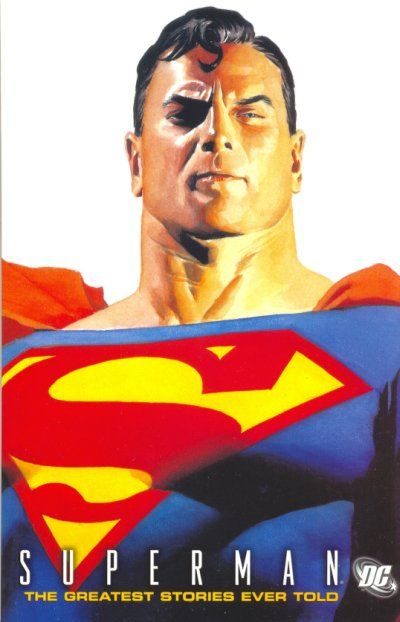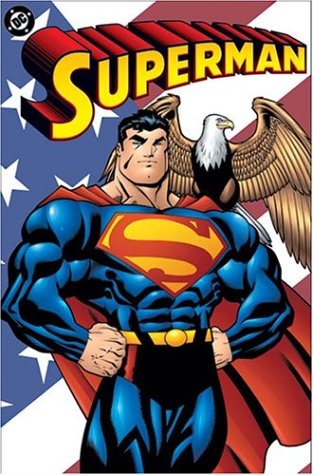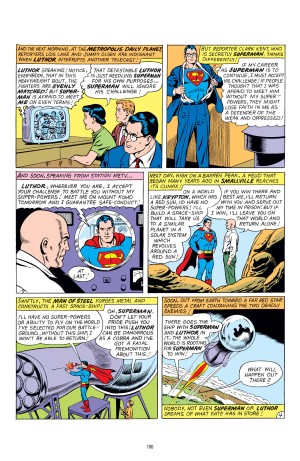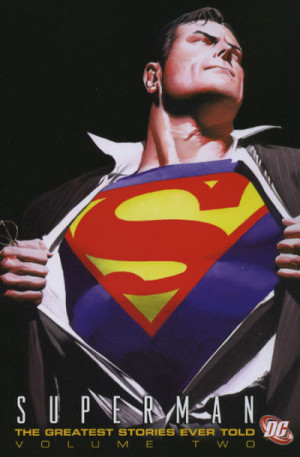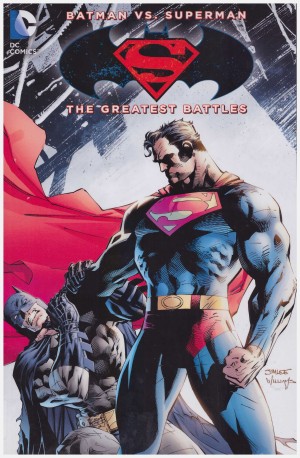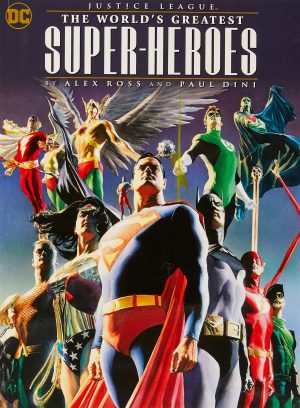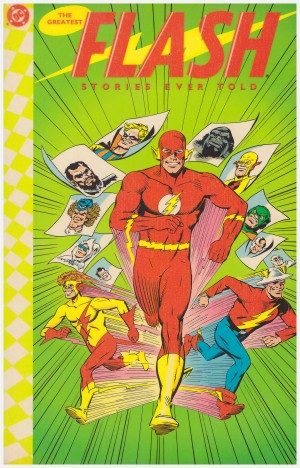Review by Frank Plowright
Superman anthologies aren’t aimed at the regular Superman buyers, but at a more general audience who might retain a residual fondness for a childhood icon. When such collections only appeared every decade the lack of variance about the content mattered little. Since the late 1990s, however, DC have punted out anthology collections spotlighting Superman with increasing frequency, and it’s worth pointing out the sloppiness in re-presenting the same material again and again.
‘The Showdown Between Superman and Luthor’ dates from 1963, has an okay plot from Edmond Hamilton in which Superman accepts a challenge to fight Luthor on a world where he won’t have super powers, and it’s nicely drawn by Curt Swan (sample art). It has no greater significance or pathos than many other stories of the era, yet it’s now appeared in three Superman anthologies. It would feature two years later in Superman vs Lex Luthor, and again in Luthor: A Celebration of 75 Years. Also appearing in a third Superman anthology is an early 1970s tale by Elliot S! Maggin and Swan questioning if Superman’s presence is preventing humanity’s progress. All remaining pre-1990 tales have all been seen in at least one previous anthology. It’s a shame in a book that finally managed what most other Superman anthologies didn’t. Alex Ross’ cover for the hardback is a suitably heroic and iconic image.
A wise editorial decision limited the early material. While some might consider this disrespectful to Superman’s creators Jerry Siegel and Joe Shuster, their initial efforts were primitive by today’s standards, as was much of what followed. That applies to the solution of William Woolfolk’s ‘Three Supermen from Krypton’, originating in 1950, yet surely an inspiration for Richard Donner’s Superman II movie in 1980. ‘The Last Days of Superman’ moves toward the more contrived stories of the early 1960s as Superman believes himself infected with a disease that will kill him in thirty days and makes preparations. It’s hokey and sentimental, but a residue of pathos remains until the inevitable contrived ending on the final page.
New to this collection is Joe Kelly’s 2001 tale of Superman’s old fashioned methods of justice and protection contrasted with an ultra-violent new group to whom public safety is a secondary concern to their ideas of planetary protection. It works toward a clever ending, while artists Doug Mahnke and Lee Bermejo are excellent, but it’s also tiresomely obvious, caricatured, and already dated.
Avoiding that designation is the work of John Byrne. We’re presented with the opening chapter of his 1986 clean slate re-boot of the Superman legend that works better than almost every succeeding attempt by virtue of considering the entire picture. Credit also for moving from Kryptonian infancy to the emergence of Superman on Earth within twenty pages. A second Byrne offering is a version of the old 1960s ‘imaginary’ stories, as Superman hallucinates about what might have occurred had Krypton not exploded. It’s nicely illustrated by Mike Mignola, although not yet in what would be recognised as his signature style, and is both imaginative and surprising.
Very welcome is what was possibly Jim Steranko’s last sustained comic work, ten montage pages originally commissioned for Superman’s 400th issue in 1984 and positing how his influence might play out across future generations.
This sold well enough to prompt a sequel in 2006, volume 2 rather than Superman: Just Short of the Greatest Stories Ever Told. It does its job by skimming a stone across the various eras of Superman, but as a collection there’s little cohesion, and the book may as well be about half a dozen different Supermen.
